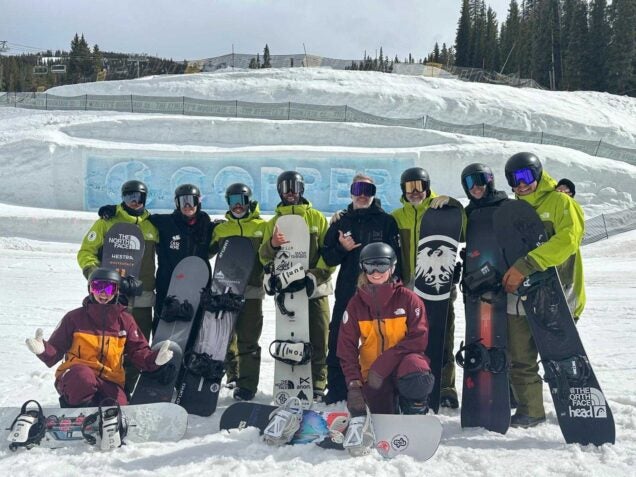Gen Pilotto, James Hyland, and I (Breen Trott) were invited by the American Association of Snowboard Instructors (AASI) National Team to attend the 25th Annual Rider Rally at Copper Mountain, Colorado. This event is focused primarily on community building, social connection, and — most importantly — snowboarding fun. Designed to maximize riding time while minimizing technical content, the Rider Rally offers snowboard instructors the chance to simply ride together and connect.
The three-day event was structured with morning and afternoon sessions each day, offering topics such as steeps, park and pipe, mountain exploration, and carving.
The Canadian team was also invited to deliver a one-hour indoor presentation to AASI members, which was well received. In addition, we were occasionally asked to assist with session leading and to observe sessions in order to gather insights to bring back to the Canadian membership.
Guest Service and Safety
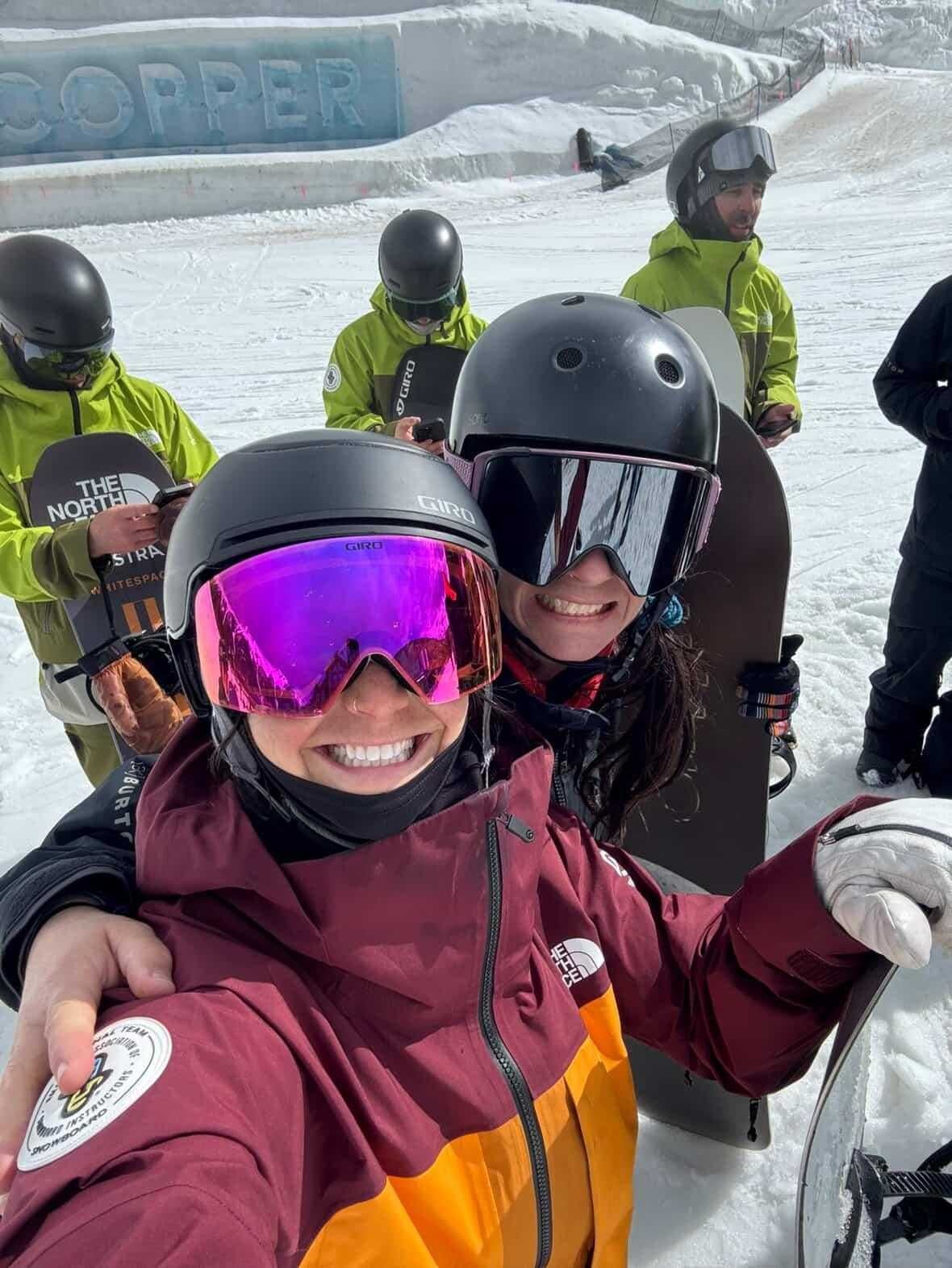
Guest service was a major highlight of the trip. Copper Mountain, home to a Woodward facility, proved to be a world-class destination for the event.
Participants could purchase an event package that included daily breakfast and lunch. Breakfasts were held in a conference center, while lunch involved using vouchers at various mountain venues, promoting social interaction throughout the day.
Two après events were organized to encourage community bonding in a relaxed, fun environment.
A daily group ride closed each day, reinforcing a strong sense of community. Safety was well managed at every stage of the event.
An additional evening session was held in the Woodward Barn, giving participants the chance to practice freestyle skills off-snow.
The Canadian team was housed with the American team, maximizing opportunities for professional exchange and snowboard education sharing.
Lesson Structure and Communication
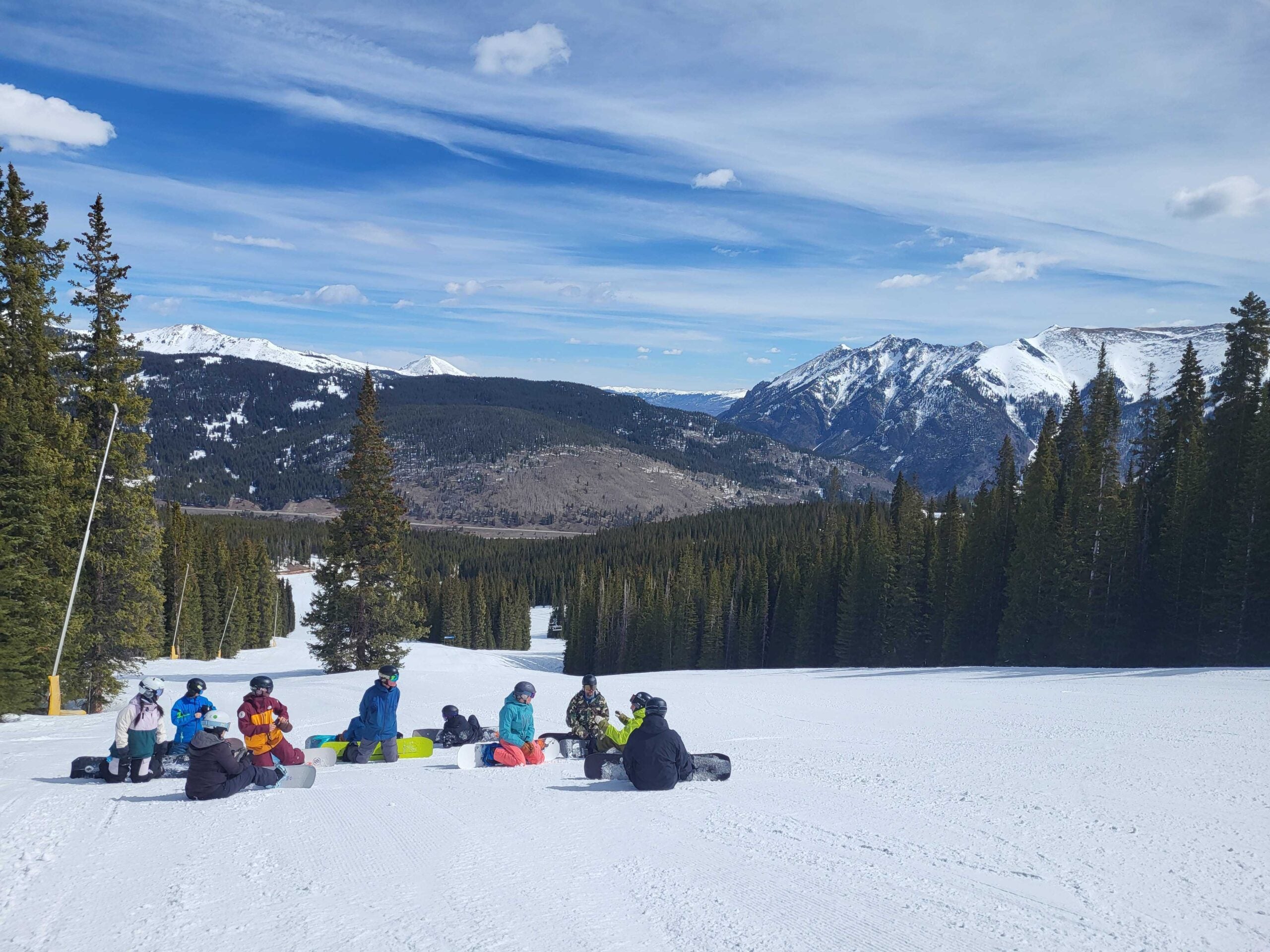
The event placed a greater emphasis on rider experience rather than detailed technical instruction.
Specific session goals were rarely presented; instead, leaders employed guided discovery techniques to respond to riders’ questions and needs.
Communication often involved complex technical concepts — for example, “twisting the femur inside the hip joint” to adjust turn shape, or examining the moment when “the unweighting of the centre of mass initiates the new edge arc.”
AASI instructors use the acronym DIRT (Duration, Intensity, Rate, Timing) to guide lesson planning and communication.
Demonstrations
The AASI National Team demonstrated strong riding skills, with a distinct freestyle influence evident across all levels.
Key demonstration styles included:
● Level 1: Flex up at edge change (up-unweighting)
● Level 2: Flex down at edge change (down-unweighting)
● Level 3: Retraction turns (fast unweighting)
High-level piste demonstrations emphasized quick retraction to unweight the board and initiate a new arc. Off-piste demonstrations, in contrast, promoted a more relaxed freeride style.
The Americans strongly favour a “duck stance” and prominently use the “cowboy knees” position, which supports effective retraction movements in their demonstrations.
Analysis and Improvement
The AASI exam system is divided into three parts: Riding, Teaching, and Movement Analysis.
Movement Analysis requires candidates to observe a rider, describe what they see, and suggest improvements.
Generally, the analysis and improvement approach had more of a coaching tone, with less direct attachment to the AASI’s six fundamentals.
The United States is divided into eight snowboard regions, each with slightly different teaching and analysis approaches based on local terrain and conditions. AASI is actively working towards standardizing their system across all regions by May 2027, ensuring consistency in exam duration, cost, and technical expectations.
Technical Content
AASI’s system is built around six fundamentals:
- Tilt (edging)
- Pivot (controlling rotation via pivoting and flex/extension)
- Twist (torsional flexion and pedaling)
- Pressure Management divided into three categories:
- Along the board (longitudinal)
- Across the board (lateral)
- Board-snow interaction (flexion/extension)
- Retraction (down-unweighting) is taught as the fastest way to change edges and is considered a more advanced skill.
- Up-unweighting (flexing up at edge change) is seen as an entry-level skill appropriate for beginners (Level 1).
Technical focus is heavily placed on edge change management — particularly the mechanics of unweighting.
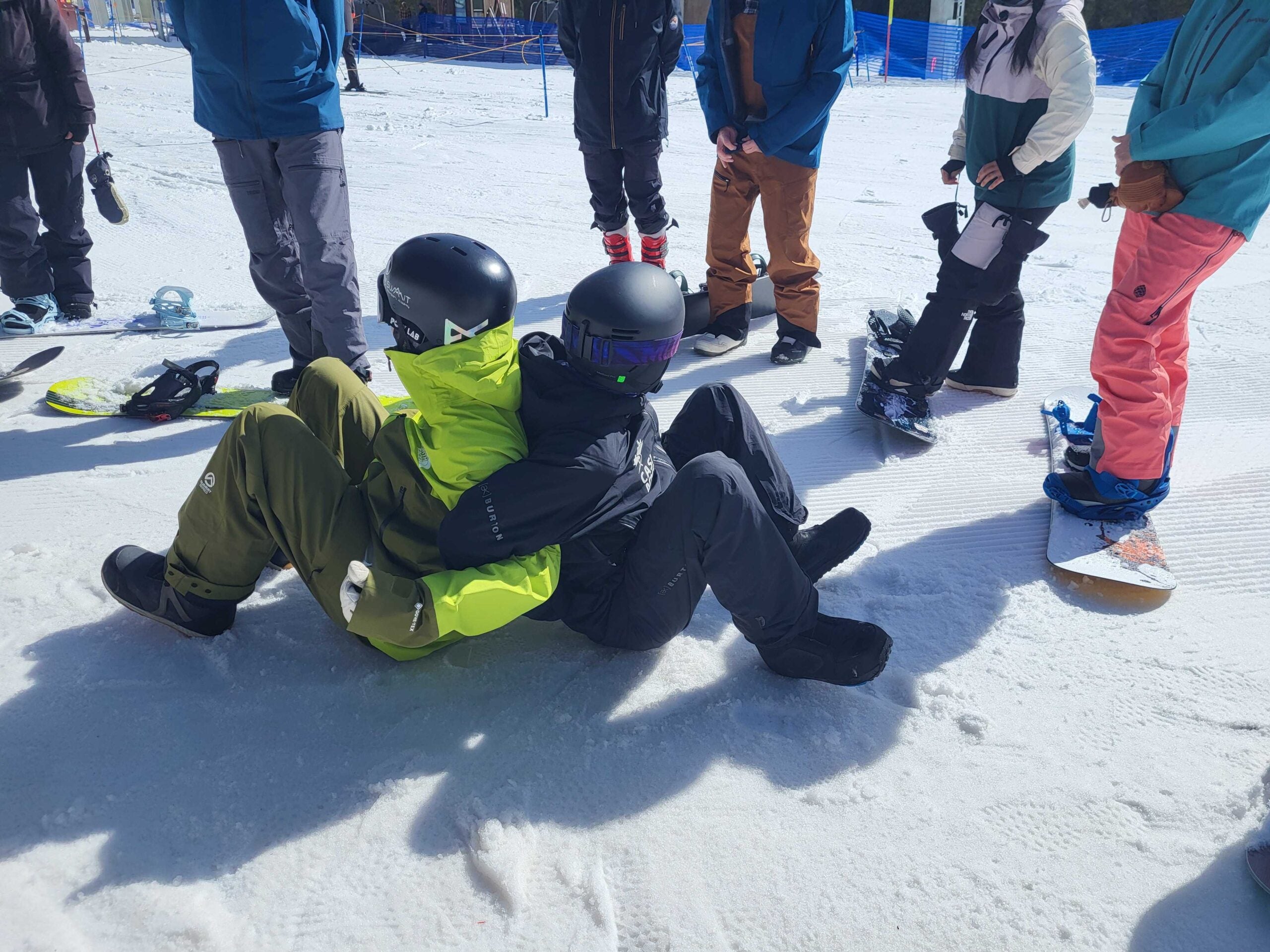
One of the most noticeable differences between the Canadian and American technical models is the sequencing of angulation before inclination in AASI’s system.
Additionally, there appears to be a philosophical gap between alpine race boarding and soft boot freeride snowboarding, with distinct movement patterns emphasized for each.
Conclusion
Rider Rally 2025 was a tremendous success.
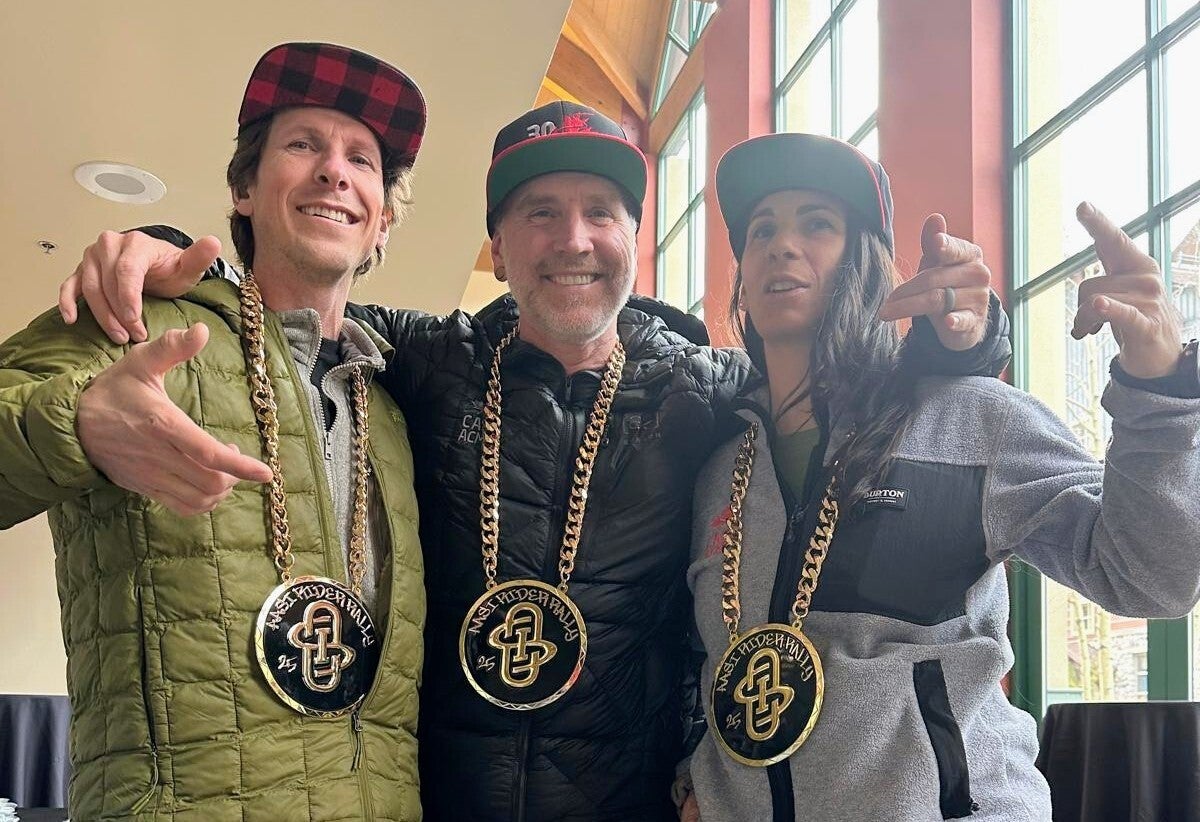
It clearly demonstrated the importance of community building and professional development within a national association. CASI could greatly benefit from hosting a similar event to foster these same values among its members.
The Americans delivered a welcoming, well-organized event, with exceptional guest service and hospitality.
Their strong emphasis on freestyle elements and social connection left a lasting impression, and we are excited to share our insights with the Canadian snowboarding community.
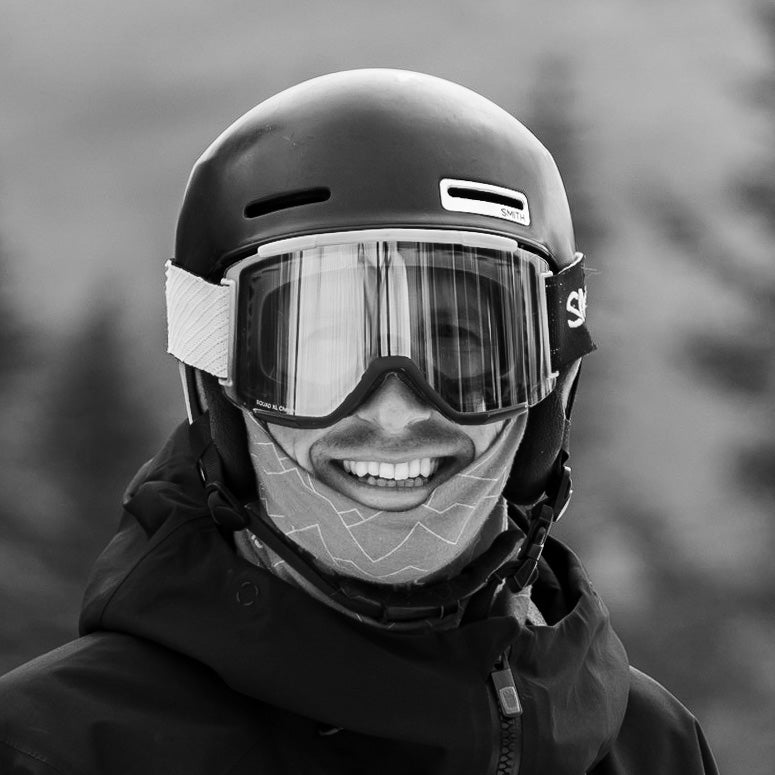
Article by Breen Trott
CASI National Technical Team Member
Breen Trott is a CASI Level 4 / Park 2 evaluator. He started teaching snowboarding in 2002 at Glen Eden, Ontario and then spent several years at both Sun Peaks and Fernie, BC before finally settling back in Ontario at Mount Pakenham. When he’s not teaching, you can find him shredding with his 5 and 8 year old children.
